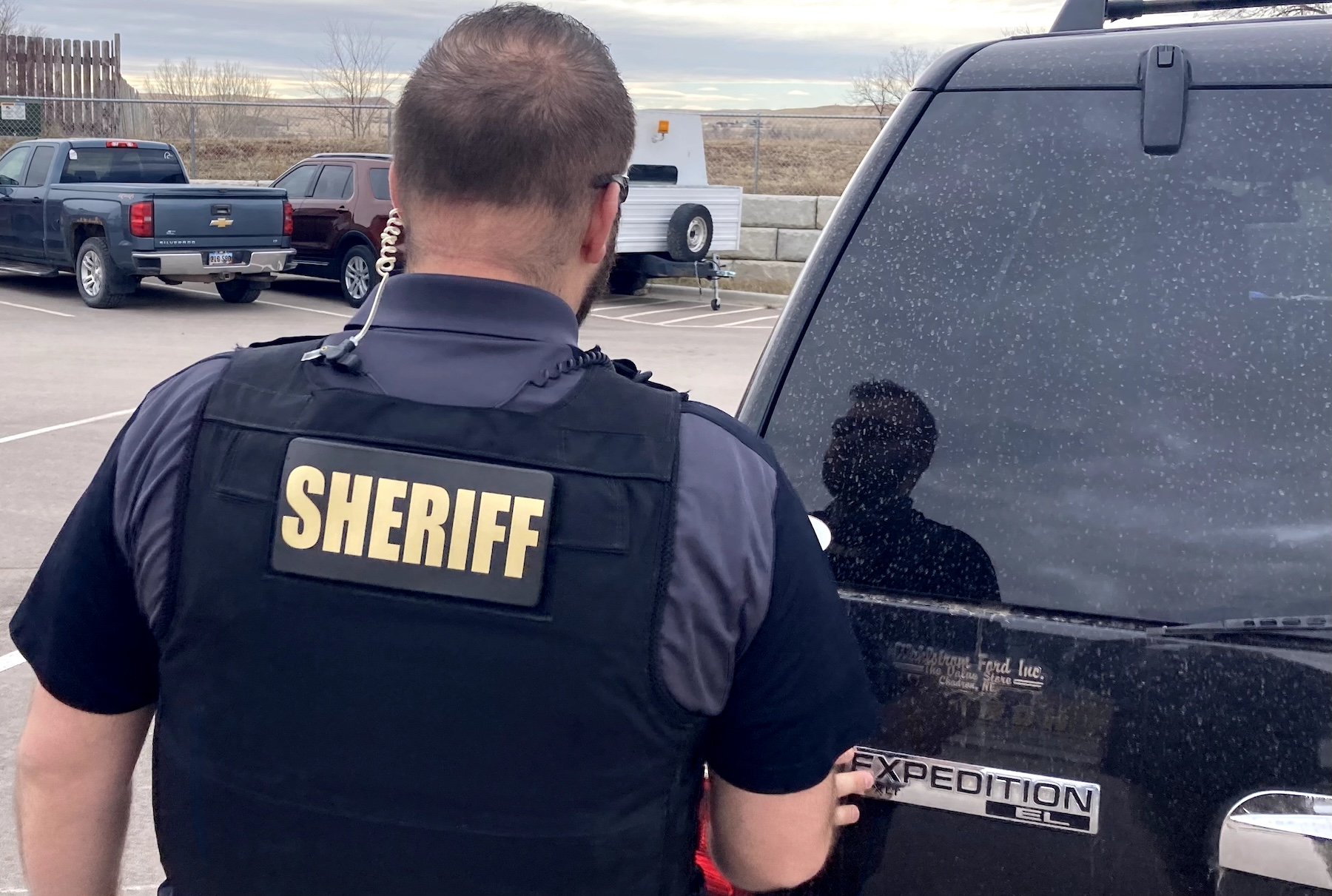
tactics
I’ve always thought the advice to “carry enough gun” was sound. After all, all handguns pretty much suck when it comes to “stopping power” (a term which can’t be defined and can’t be measured, but we all know what it means). Really, if you want “right there/right now” stopping power, you need a rifle or a shotgun — or a car’s front bumper.
The traditional advice with handguns has always been a .38 or 9mm was the floor when it came to enough gun. This line of argument makes sense, especially considering the great advances in terminal ballistics over the last decade. From this perspective, so-called “mouse guns” — usually in calibers .22, .25, .32 and .380 — were regarded as simply not sufficient for the already-problematic task of stopping a violent adversary with a handgun.
And yet, I clearly recall the event causing me to get a little .32 pistol (my Kel-Tec P32) as fast as I could. It was back when I was on my county’s drug task force, and the lack of age-appropriate undercover officers forced my colleagues to put me (in my 50’s then!) out on the street. I didn’t have great luck that summer, but I had some.
Early on I found myself negotiating a crack sale with a tweaked-up young dealer who outweighed me by 50 percent and who had a lot of muscle on his jumpy frame. It was a ridiculously hot, humid summer and even the ripped sleeveless t-shirt and ragged cut-off jeans I was wearing were too hot. I didn’t feel I could conceal my service weapon, or even a snub-nose revolver, with complete confidence. My Benchmade auto knife was in my front pocket, though, and my hand was always on it in dealing with this mutt.
One night though, I realized it probably wasn’t enough. The solution the next day was the Kel-Tec, a smaller gun than I’d ever previously carried, but a gun nonetheless.
Have A Gun
The way I put the differences in handgun caliber stopping power in perspective is to draw this diagram (see below). It shows complaining about the differences in “stopping power” between small and larger handgun calibers is really kinda’ silly since all handgun calibers (at least the commonly carried ones) are all clustered on the left end of the spectrum. Yeah, I’d rather have my 9mm with its high-performance duty rounds than a .32, but really, I’d rather have a gun — than not. In reality, Rule One of a gunfight (“Have a gun”) is more important than the particular gun you have.
Are small guns enough gun? I don’t know who actually said it first, but the old saw “no one likes to bleed” is certainly true. A battle-hardened military vet with some eastern European organized crime gang may not be too impressed with your challenge with a .32, but your far-more-likely street turd only sees a gun in your hand. And then suddenly finds himself “with a previous appointment he’ll make as soon as possible.”
Data Analysis
Let me reference a post in Claude Werner’s excellent blog “Tactical Professor.” Claude is the most detailed, competent analyst of shooting data I know of. Responding to an inquiry about his analysis of five years worth of the NRA’s Armed Citizen column, he bottom-lines his conclusions from those shootings with: “Negative outcomes result from…lack of appropriate and necessary skills, techniques, and tactics.” (Notice he doesn’t mention weapons.) “Carrying and being capable of using a small gun adequately will yield much better results than owning a large pistol which isn’t carried or shot well. More criminals have been planted in the ground by .22’s that hit than by .45’s that miss.”
What is just as interesting were the intelligent comments to his post. Here are two excerpts:
Richard Koefod: This brings to mind what a well known forensic pathologist once told me…One day…we were talking and I said: “Dr. X, you know more about people getting shot than anyone I know. You have seen it all. Tell me. What is the nastiest pistol round you know of?” He paused a few seconds, smiled at me and said: “Well, I’ll tell you what. It ain’t what you’ve got. It’s where you put it.”
Chuck Haggard: I have seen a number of cases over the years while working the street which show exactly this, and so far none in which the intended victim/defender “lost” the event due to their gun being too small.
Sometimes the plain fact is all you can carry is a small pistol in a pants pocket. Many office environments I worked at in the private sector were like this. In those cases please do not consider yourself un- or under-armed. Choose a reliable gun, the best ammunition you can find, a quality holster and train with them. Regardless of caliber.
By Ralph Mroz
Stopping Power Diagram
“Approx. One-Shot Stopping Power Percentages”
Handguns: 0%-15%
Rifles/Shotguns: 98%-100%
For more info: www.tacticalprofessor.wordpress.com
Read More Tactics & Training Articles
Order Your Copy Of The American Handgunner Nov/Dec 2015 Issue Today!
Download A PDF Of The American Handgunner Nov/Dec 2015 Issue Now!
















